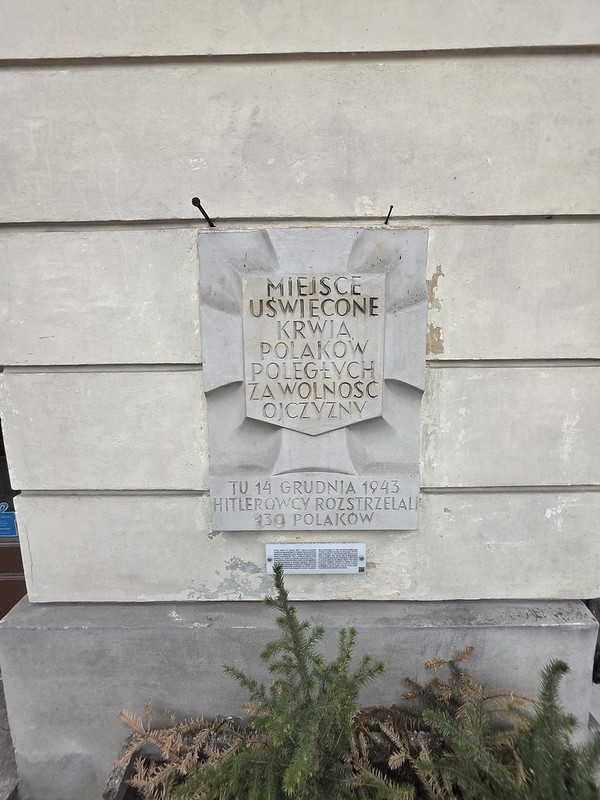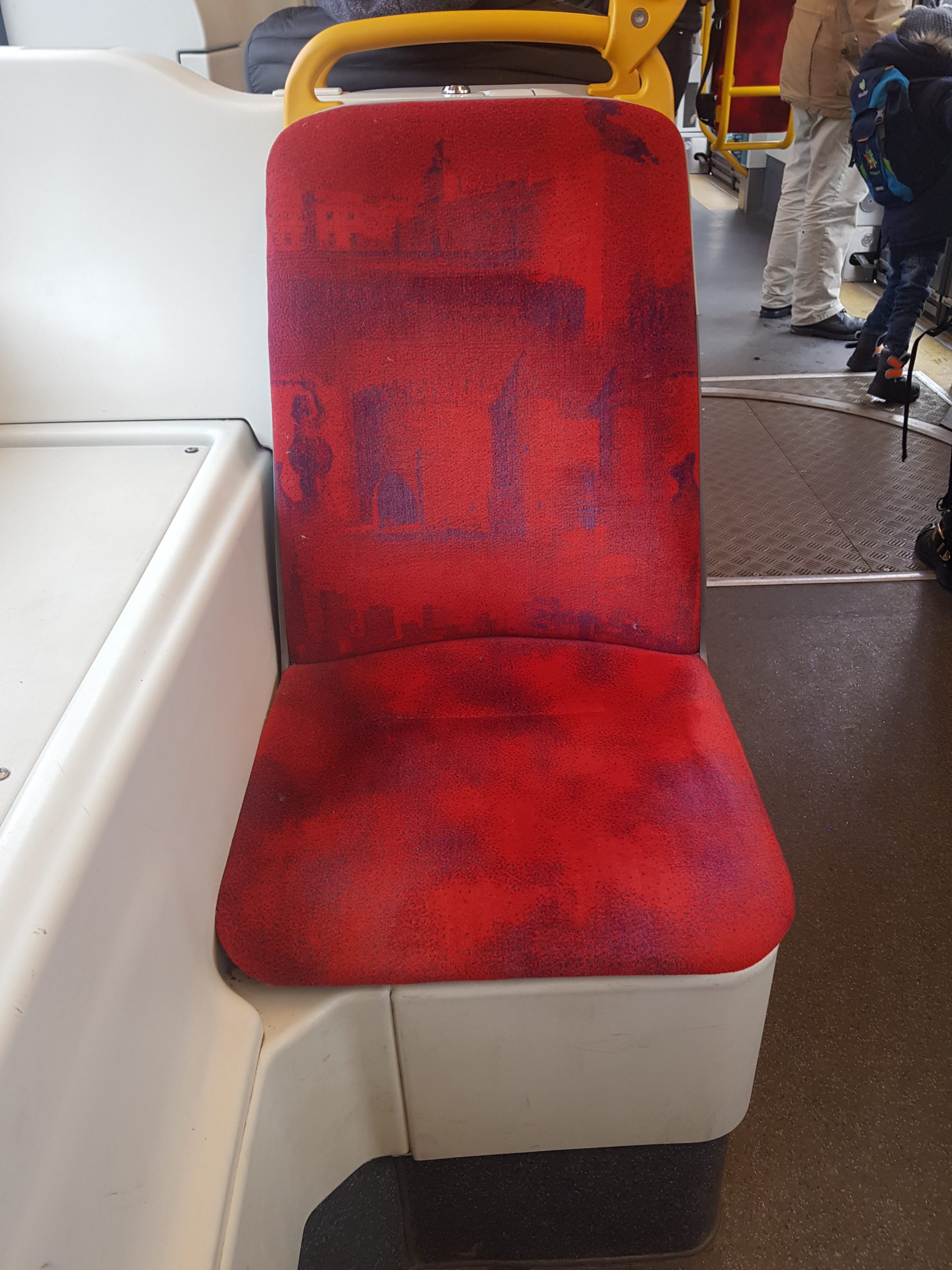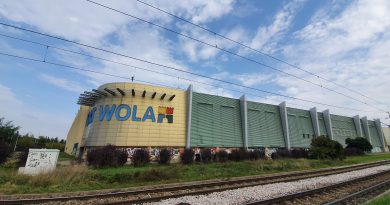Warsaw – Execution of 70 Poles on 14 December 1943
This memorial is located on ul. Wierzbowa, opposite the Polish National Opera building. Although the situation in Warsaw had been terrible since the German occupation, the Nazi terror had increased in the city primarily because of the appointment of SS-Brigadeführer Franz Kutschera as the SS and Police Leader (SSPF) for the Warsaw District on 25 September 1943. In a system of evil, he was one of the worst examples of hate and it’s no real surprise that special efforts were made by the Polish Army to execute him which is something they achieved on 1 February 1944.
The campaign of terror that took place in Warsaw involved various branches of the Nazi occupation apparatus. Roundups were typically conducted by officers from the Gestapo (the Secret State Police), the SD (Sicherheitsdienst – Security Service) and the Ordnungspolizei (Order Police) which were all often supported by members of the Waffen-SS. In some instances, regular members of the Wehrmacht (German Army) and Luftwaffe (German Air Force) as well as members of the Hitler Youth, also participated in these operations.
One of the executions on 14 December took place in full view of the public at ul. Wierzbowa 9/11, located near Plac Teatralny (Theatre Square) – a prominent and culturally significant space in central Warsaw. The selection of such a visible and symbolic location aligned with the Nazi tactic of leveraging public executions for maximum psychological effect and intimidation, they wanted fear. By staging the killing near a major square and theatre, the occupiers not only took lives but also defiled a key emblem of Polish civic and cultural identity, intensifying their message of terror and asserting total control over the heart of the city. As if things weren’t bad enough for the remaining Poles, the German leaders wanted to ramp up the pain even more.
The seventy condemned prisoners would have been transported by truck from Pawiak prison under heavy guard and the Nazis wanted this to be seen by as many people as possible. It’s not entirely clear which prisoners were murdered that day, but they included members of the Polish intelligentsia, political prisoners, resistance fighters and likely just some members of the public just randomly arrested on the whim of some Nazi guard.
The informational sign located underneath which mentions the execution of seventy Poles rather than the one hundred and thirty Poles that are mentioned on the stone memorial. The reason for this, I think, is that they included those killed on the same day on ul. Bonifraterska, again murdering prisoners from Pawiak prison.






